Japanese Architecture
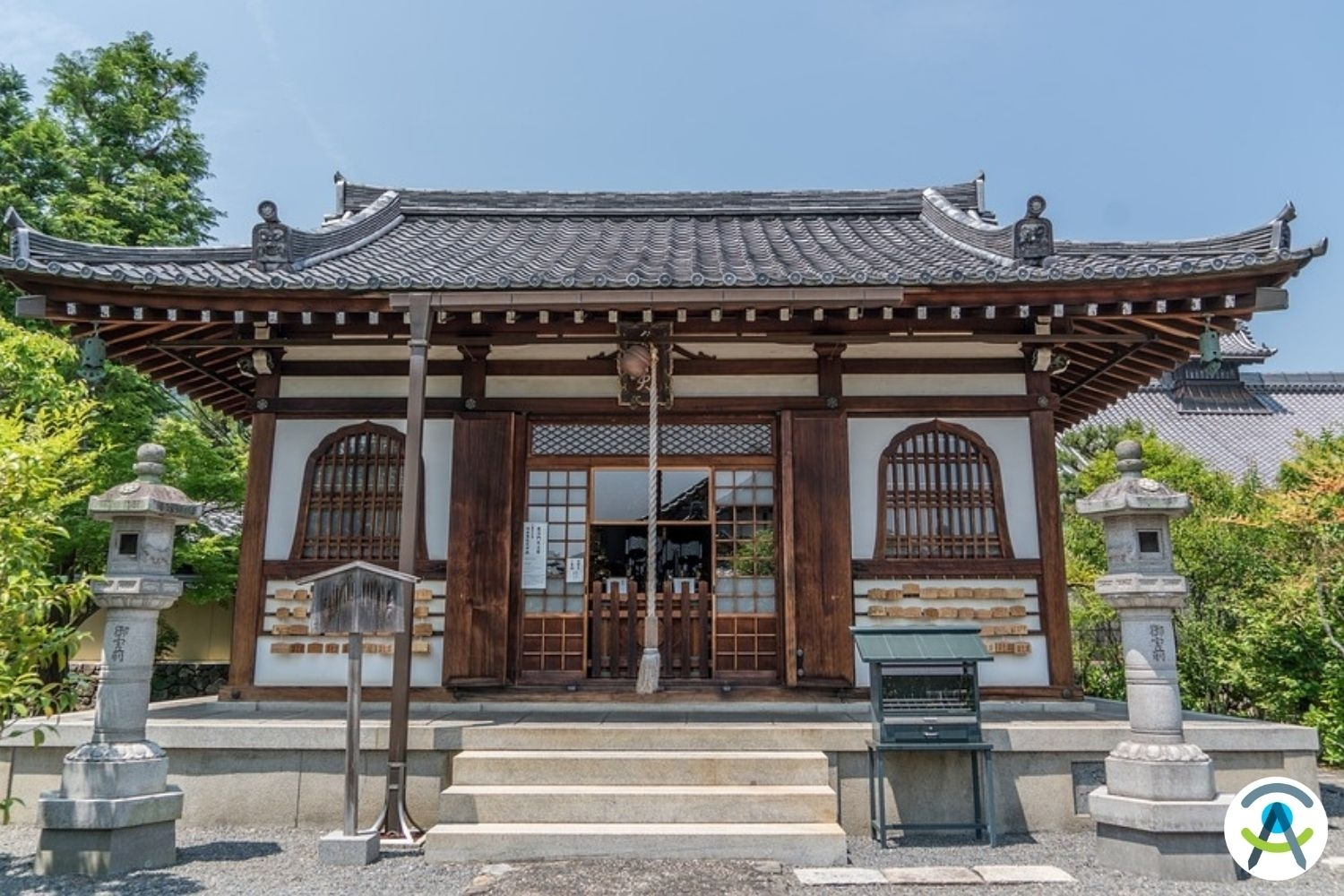
Japan is a country well known for its architecture is highly influenced by Chinese architecture with a very zen and serene flair. That said, there’s a big difference between the two of them, for example, in traditional architecture the woodwork is painted, whereas in Chinese architecture they are not. Traditional Japanese houses began to appear during the Heian period.
Traditional Architecture
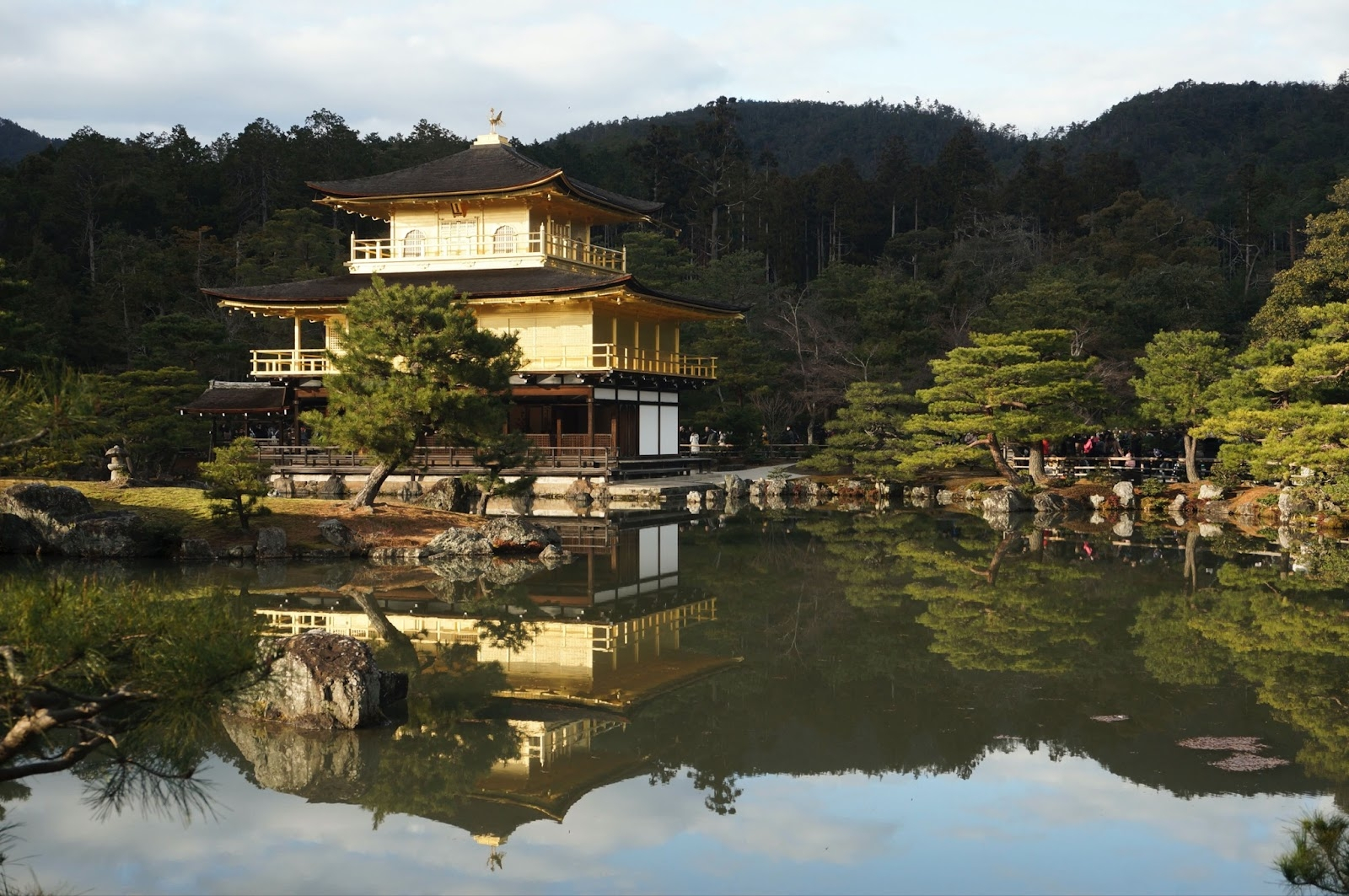
Japanese residences can be broadly split into two different architectural styles:
- The Shoin style: the house consists of a sole building, looking out over a lake. The flooring is covered in many tatami mats depending on the surface area of the rooms. Generally, houses built in this architectural style also have a veranda surrounding the house. The main space contains a Tokonoma which is there to exhibit calligraphy or flowers. It is a style that has been strongly influenced by Buddhist philosophy. The different spaces in the house are separated with fusamas, the famous sliding paper doors.
- The Shinden Style: this style can be seen as being more aristocratic. Shinden-style homes have a central hub known as a shinden which is linked to two annexes, tai-no-yas or opposite rooms, with open corridors. Generally, shinden-style houses are constructed near a lake surrounded by pavilions. The characteristics of this architectural style are the particular symmetry between the different buildings as well as the spaces left completely empty.
The Progression of Japanese Architecture

Japanese architecture experienced significant growth after the Second World War due to the need to rebuild the country. Modern Japanese buildings are very high-tech. Japanese architecture uses all kinds of materials: from wood and bamboo to steel and glass.
Due to the Japanese population density and a lack of space, their architecture has had to adapt, there has therefore been an expansion in skyscrapers and high-rise buildings to allow more residences to be built. However, in keeping with the Buddhist ideology, these skyscrapers are not brutalist in style and respect the surrounding spaces.
Japanese Architecture and Its Surroundings
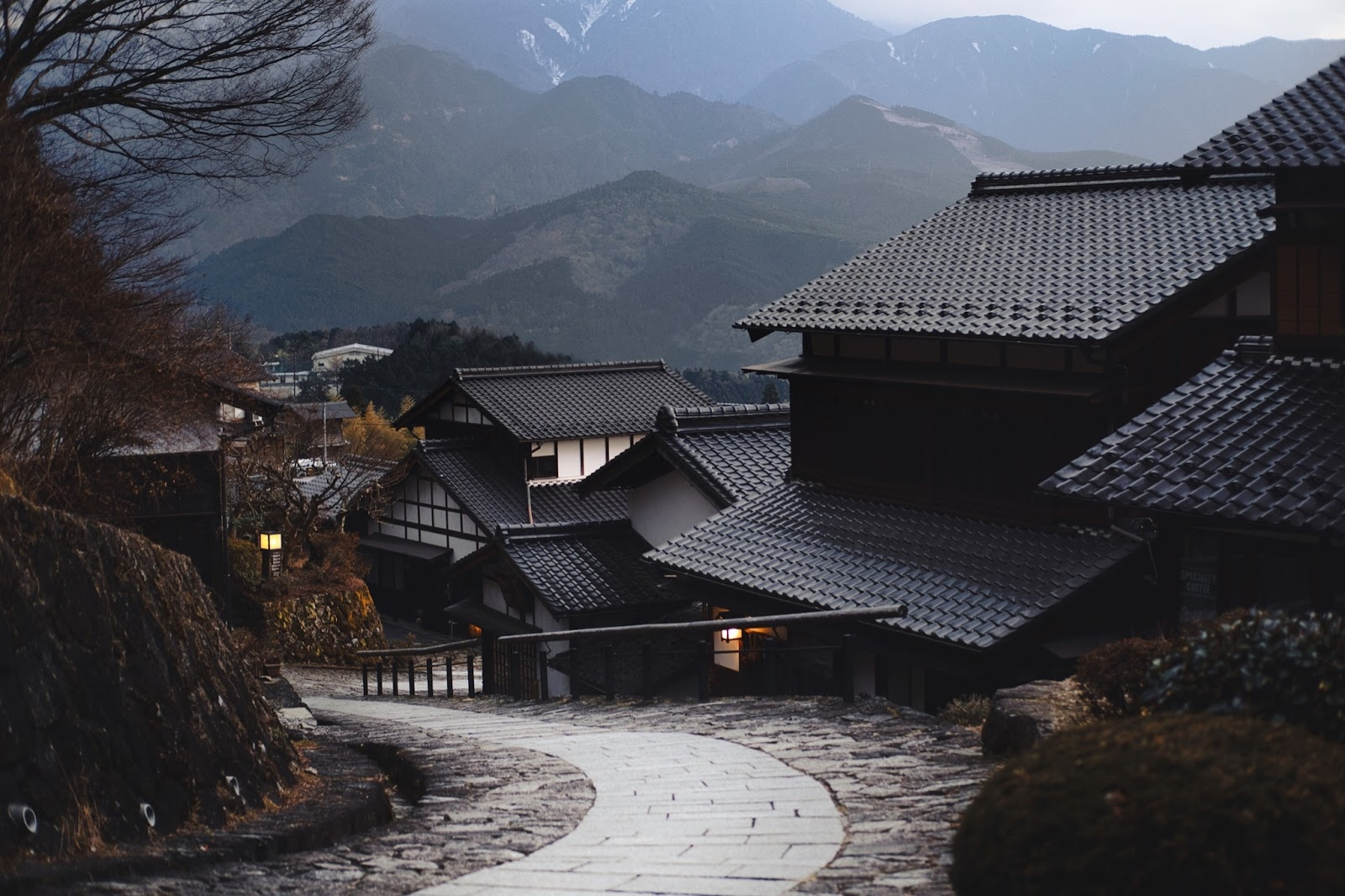
Modern Japanese architecture has adapted to its surroundings in order to create a certain harmony. With the densification of cities, the Japanese architect Fumihiko Maki has made popular new urban planning ideas based on the worldwide phenomenon of cocooning around an interior space. This spatial concept is perfect to deal with the new requirements of increasingly dense urban zones.
It is also worth mentioning that Japanese architecture has been highly influenced by climatic conditions: for example, houses are slightly raised to allow air to circulate better. Wood is very often used because it allows the house to stay cool in summer and warm in winter. Wooden constructions are very often found in Japan.
The Tea Ceremony and Its Influence on Japanese Architecture
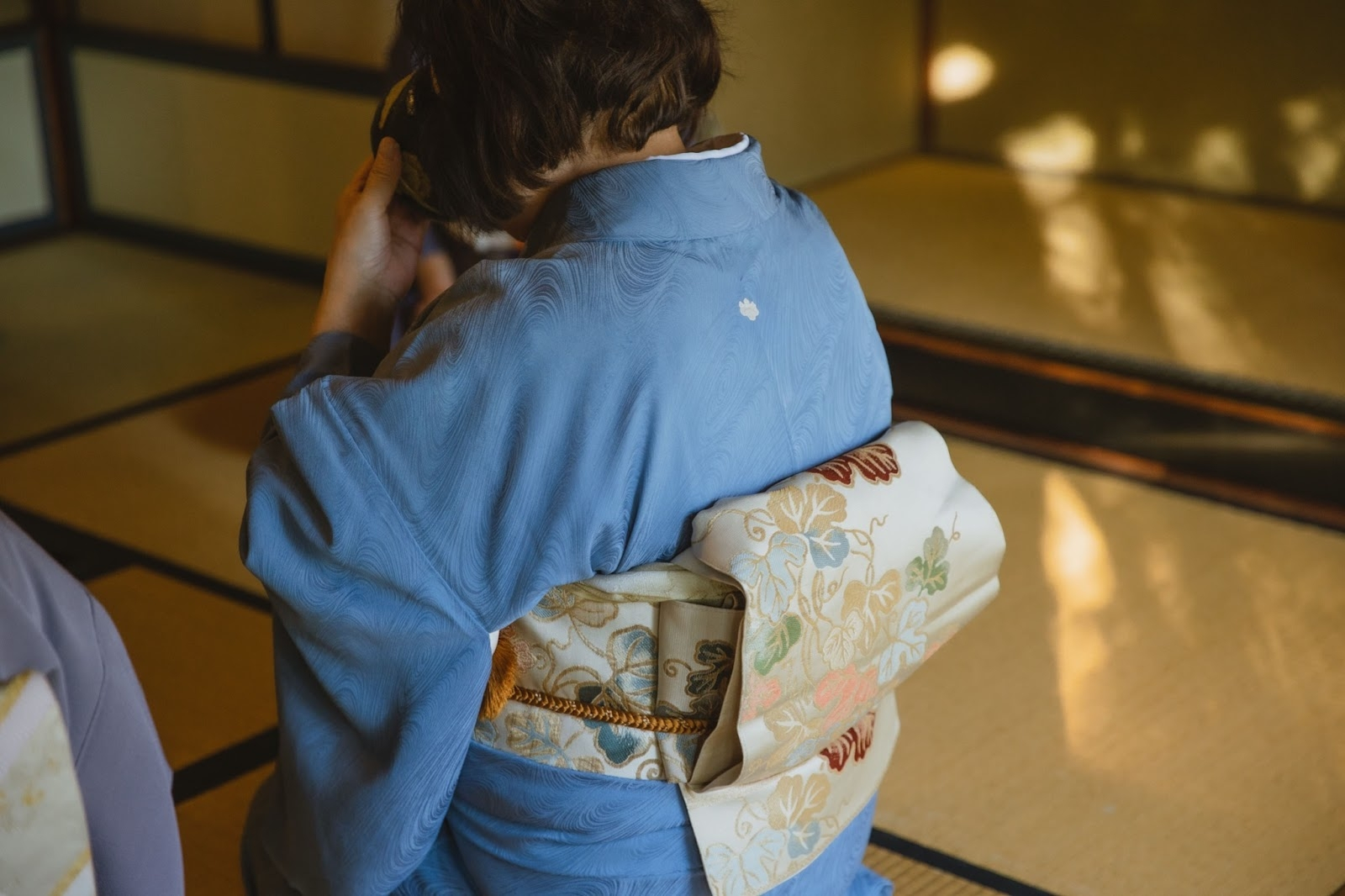
The tea ceremony has also had an influence on Japanese architecture: many Japanese homes have a room dedicated to tea ceremonies. Chairs are rare inside Japanese homes, they are not a part of Japanese culture; when the Japanese, for example, eat they sit on tatami mats.
Ephemeral Beauty In Japanese Architecture
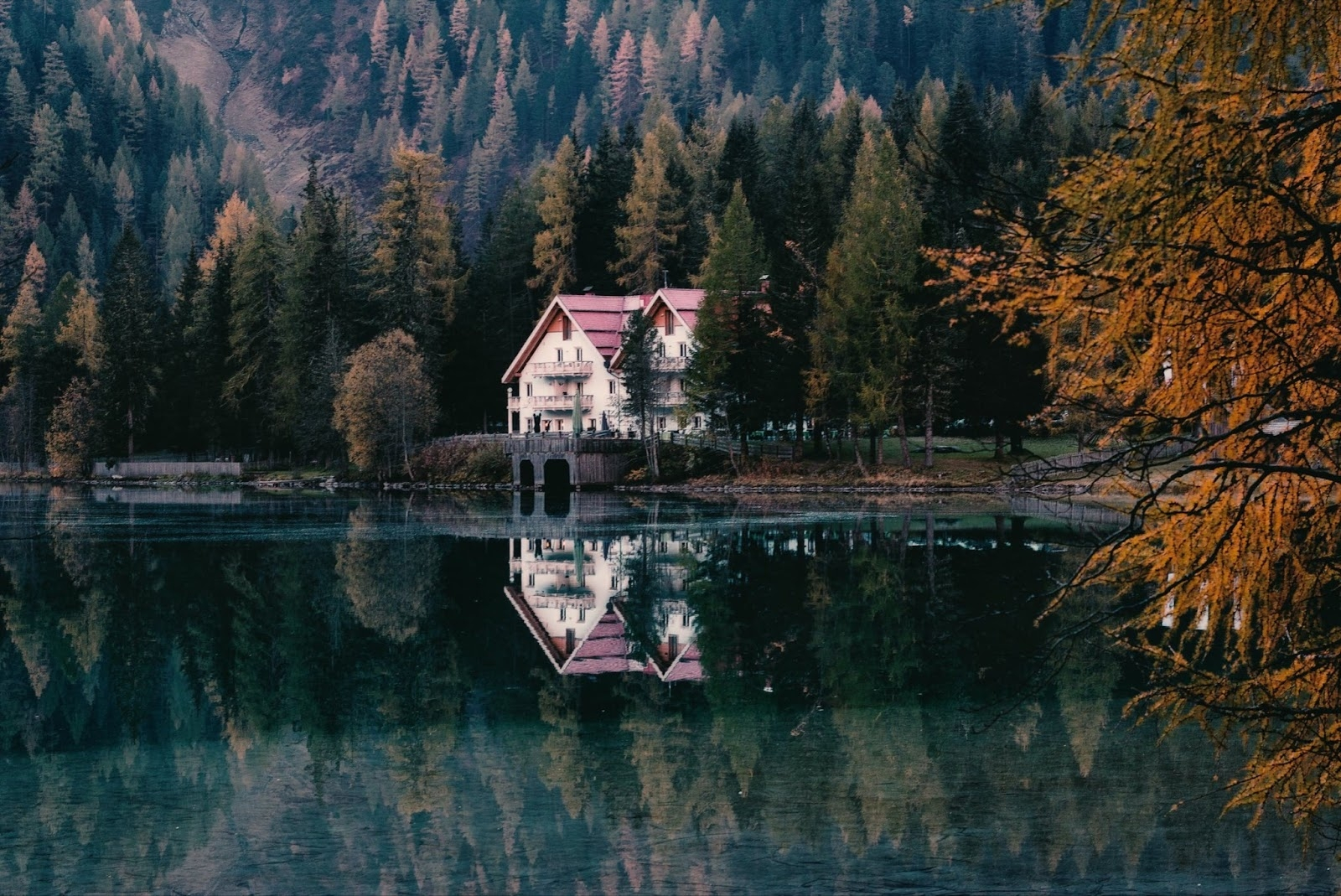
Many specialists believe that the Japanese are a step ahead when it comes to architecture. There is an ephemeral nature to Japanese architecture, that is to say, that a house is often built with the intention of lasting for just 25 years! This would reinforce the creativity of Japanese architects since they build homes for the individual and not for society. The Japanese consider their home to be a refuge from the outside world, for example, engawa is found in Japanese homes, that is to say, a band of soil just outside the windows. Generally, the price of land in Japan is 10 times more expensive than a house per square metre. Japanese architects are often considered to be the premier interior designers: the interior aspect of a home is solely driven by comfort. However, Japanese homes often have very little furniture.
Looking for an architect for your project? Get in contact with our partner architects on Find-My-Architect.com.